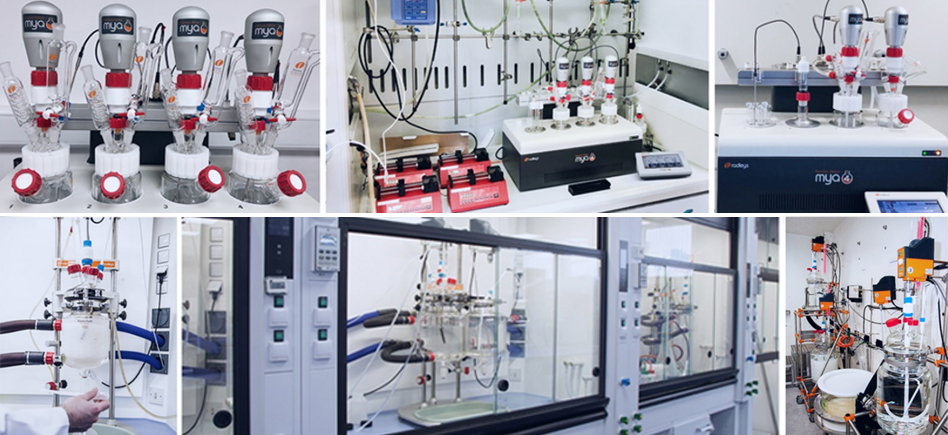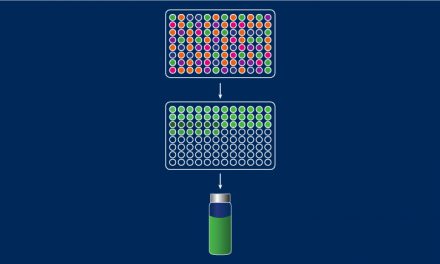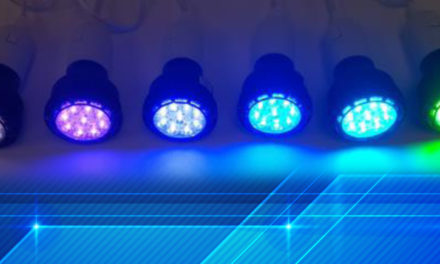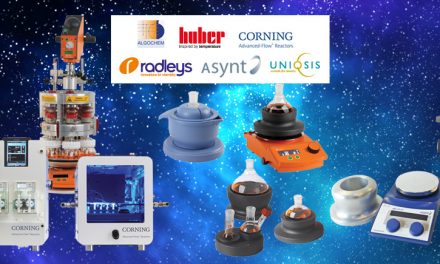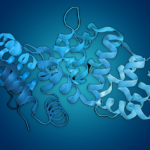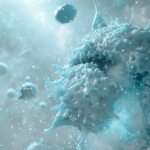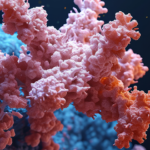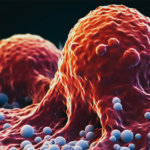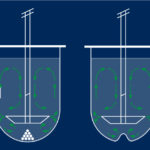Now and thanks to the Mya 4, the days are over when the only way to control parameters effectively was not possible due to the lack of appropriate synthesis tools, as well as the lack of correlation between small scale and scale up.
With the Mya 4, setting on a little space, the temperature control is now guaranteed much more accurate than the one given by a stirring hotplate or an equivalent, on the four positions of the system and on a 0.5 to 200mL reaction volumes.
The Mya 4 is really the strong synthesis system solving at least the lack of correlations between Research, R&D and Production, that the existing synthesis tools can not given.
Why is the Mya 4 the best solution to solve the lack of correlation between Research, R&D and Production?
Because this innovative system:
- Challenges the limits of the existing systems for small scale. By instance, it guarantees an excellent temperature control in Research, as well the one given by a lab reactor used in R&D or in Production.
- Helps to better understand the processes and improves the yields. By instance, it reduces the presence of impurities or enhance the production.
- Gives reproducible results in Research and transferable ones in R&D, allowing then to reduce optimization times and therefore the costs.
To highlight these points, find below some cases studies from Mya 4’ users.
With the Mya 4, a development chemists fixes impurity profiles.
“Without accuracy of temperature, you cannot conduct a successful design of experiment (DoE) exercise.”
They realised the cause was the lack of consistency of temperature profiling provided by the parallel reactor they were using.
Despite consistently setting the temperature to 55.0°C, the development team’s prior setup would show reaction temperature variations between 51.2 – 55.3°C over eight identical experiments.
This led to an unwanted impurity content (at the end of the reaction) of between 1.98 – 3.23%.
Performing the same experiments in Mya 4, the reaction temperature was controlled accurately at 55⁰C across four repeats, which led to a lower and much more consistent impurity content profile at 1.84 ± 0.07%.
With temperature being the most significant variable to affect impurity profiles in experimental studies of these chemists, it had proven difficult to quantify the effect of other variables – such as stirrer speed and reagent stoichiometry.

Source: © Johnson Matthey |
|
With the Mya 4, a resin manufacturing company has improved their production of resins

SouSource: © Purolite |
The R&D team resolved several small-scale temperature-control issues since opting for the Mya 4.
The upgrade not only improved the reliability and efficiency of the team’s small-scale work, it has enabled the completion of projects was previously unequipped for. The R&D lab focuses on the functionalisation of resins with biomolecules, which are highly sensitive to temperature fluctuations. Because of this, the team required a more reliable form of temperature control to replace hotplates and water/oil baths. On a large scale, the same group is used to using jacketed lab reactors and getting reliable, reproducible and scalable results. |
| Mya 4 fulfils the need of a multipurpose small-scale reactor system that is not over-specified.
The fact that the unit is so versatile is a strong advantage. On previous systems these chemists looked at, flask sizes were limited to one or two options. They would have loved one two years ago so they could have used it as the workhorse for most of the project..
|

Source: © Purolite |
Within a few weeks of being installed, Mya 4 was already making a huge difference in this lab of resine.
Used daily for R&D work, Mya 4 supports critical projects including a multi-stage activation reaction at 40°C, with an exotherm which lasts about 10h.
Mya 4 is also being used in an application to immobilise a protein on the surface of a resin at 30°C.
With its limited temperature window to avoid denaturation and proximity to ambient temperature, it proved a difficult application before Mya 4 (see Mya 4 versus round bottom flask in water/oil bath box below).
With experiments now directly scalable to pilot plant scale but also performed in smaller batches, this means lower cost and less waste.
With the Mya 4, no more gap between R&D and Production.
Since installing their Mya 4, a team has obtained reproducible, reliable and meaningful results thanks to accurate and consistent temperature control.
This upgrade in equipment is also allowing the development chemists to carry out DoE exercises on a smaller scale, which was not previously achievable.
The link between process R&D and manufacturing is crucial, whether the process chemist is working on small-scale processes which will be applied on a manufacturing scale or studying existing manufacturing processes in the lab to better understand key reaction parameters.
“If we can get better experimental data and identify a key parameter to improve on a small scale – such as better temperature control – which will have an impact on manufacturing scale – such as a 5% increase in yield, this also helps justify capital expenditure in the production facility”
Achieving similar conditions, on small to large scale, is vital.
With the Mya 4, the time for optimisation is reduced
One US cannabinoid research company’s R&D senior process development chemist which uses the system says:
“We do a lot of reaction optimisation work (different catalyst loads, different temperatures, etc) and recently had to do a crystallisation optimisation that required carefully controlled cooling ramps – all this was a breeze with the Mya 4 and made our research progress much quicker.”
All these cases really show us that the Mya 4 is a strong synthesis system.
- It provides the essential specifications which do not exist with the current synthesis systems for small scale.
- It offers at least the best correlation between Research, R&D and Production.
- It answers to our goal, helps the chemists to improve their productivity while making life easier for them.
“Making chemists’ lives easier in the lab is our main goal at Interchim and at Radleys, and Mya 4 is doing just that.”
Know more:
- Watch video on Mya 4.

- Request a demonstration of the Mya 4: contact us.
Interchim® is the representative for Radleys in France, Germany and Austria.

